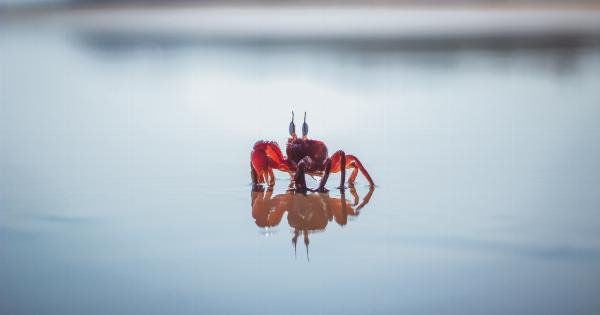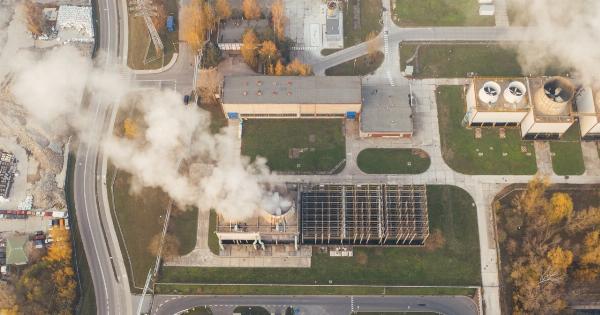A recent study has shown that owls may have a greater risk of premature death compared to other bird species.
The study conducted by researchers at the Max Planck Institute for Ornithology in Radolfzell, Germany, found that owls have a significantly higher mortality rate than other birds due to a number of factors.
Factors That Increase Risk of Premature Death in Owls
The study found that the following factors increase the risk of premature death in owls:.
1. Nocturnal Lifestyle
Owls are known for being nocturnal birds, meaning they hunt and are active during the night. This puts them at greater risk of injury or death due to the fact that they are less visible and have a harder time navigating in the dark.
2. Diet
Owls are carnivores and often hunt small mammals and rodents. This puts them at a higher risk of exposure to pesticides and other toxins that may be present in the environment.
3. Habitat Loss
Owls often make their homes in trees that are being cut down or destroyed due to development and human activities, which can lead to their loss of habitat.
This makes it more difficult for them to find food and other resources, which can lead to a decline in their health and eventual death.
4. Climate Change
Owls are adapted to living in specific climates and temperatures. As the climate changes, it can become more difficult for them to adapt and survive, which can lead to premature death.
5. Human Interaction
Owls are often injured or killed due to human activities such as collisions with vehicles, getting caught in fishing nets and other traps, and exposure to toxins and other pollutants.
6. Predators
Owls are often preyed upon by other birds and animals, which can lead to their premature death.
Conclusion
The study’s findings suggest that owls are at a greater risk for premature death compared to other bird species due to a number of factors, including their nocturnal lifestyle, diet, habitat loss, climate change, human interaction, and predators. These findings highlight the importance of conservation efforts to protect owls and other bird species, as well as efforts to reduce human impact on the environment.





























